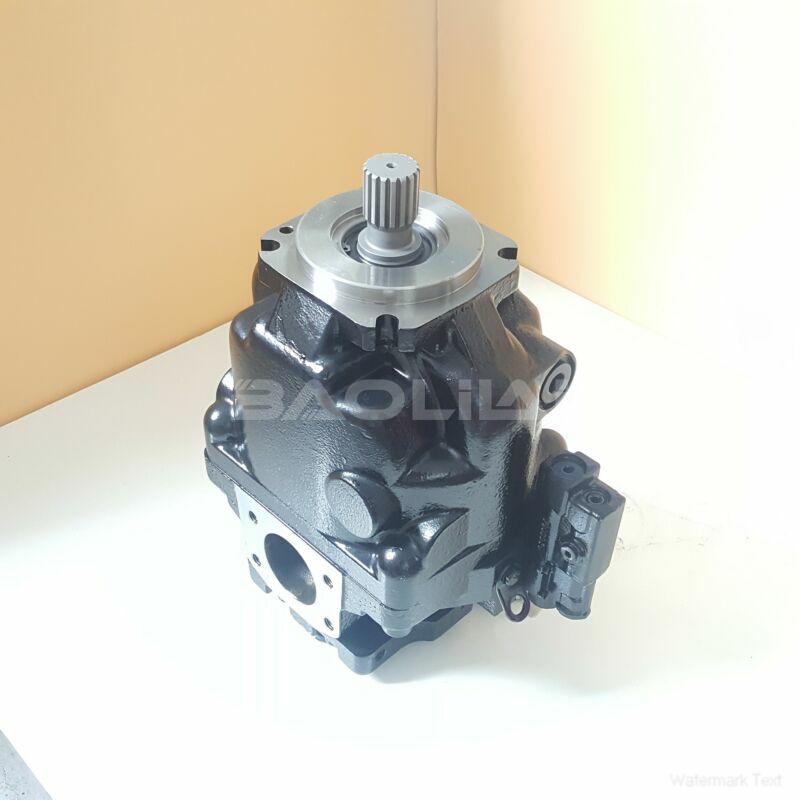ERR130BLS2520NNN3S2NPA1NAAANNNNNN hydraulic oil pump
ERR130BLS2520NNN3S2NPA1NAAANNNNNN hydraulic oil pump

- Product Details
- Applicable Scene
Plunger pumps are indispensable components in various industrial applications, particularly those requiring high pressure and precise flow control. Understanding the pressure-flow relationship in these pumps is essential for optimizing their performance and ensuring the efficiency of the systems in which they operate. This article delves into the fundamental principles governing the pressure-flow relationship in plunger pumps, exploring the factors that influence performance and the implications for system design and operation.
ER-R-130B-LS-25-20-NN-N-3-S2NP-A1N-AAA-NNN-NNN
ERR130BLS2520NNN3S2NPA1NAAANNNNNN
At the heart of any plunger pump is the basic mechanism involving a plunger that reciprocates within a cylinder. This action creates a differential pressure that facilitates the movement of fluid. The relationship between pressure and flow in plunger pumps primarily hinges on the design of the pump, the characteristics of the fluid being pumped, and the operating conditions.

83040579
One of the critical aspects of plunger pumps is the concept of flow rate, which is defined as the volume of fluid that passes through a given cross-sectional area per unit of time. Flow rate is affected by several factors, including the size of the plunger, the speed of the pump, and the viscosity of the fluid. As the plunger moves, it displaces a fixed volume of fluid, creating a flow. However, this flow can be restricted by the system’s pressure, which acts against the motion of the plunger.
To understand the pressure-flow relationship, one must consider the pump’s performance curve. This curve illustrates how flow rate varies with the pressure developed by the pump. Typically, as the pressure increases, the flow rate decreases. This inverse relationship can be attributed to the mechanical limitations of the pump and the hydraulic resistance of the system. When the resistance is low, the pump can achieve higher flow rates at lower pressures. Conversely, as resistance increases—such as when more valves or fittings are introduced, or the viscosity of the fluid increases—the pump must work harder, resulting in lower flow rates at higher pressures.





